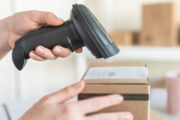Barcodes are vertical parallel lines that machines can read and produce unique digital code. They are one of the main tools in commerce, found in groceries, vehicles, and even hospitals. The machine that reads these codes is called a barcode scanner. Barcode scanners help with the purchasing process and keeping track of inventory. They are a universal technology tool that prevents errors by systemizing and tracking the products.
When they scan the barcode, it gets transformed into readable and understandable words on the POS system that let us know what the product or the service is. You can see how many of the products you have left and what you should order. Customers have a faster way of purchasing and getting all the information they need on the receipt. These barcode scanners can’t get viruses or get interrupted by signals.
What to Consider When Buying a Barcode Scanner?
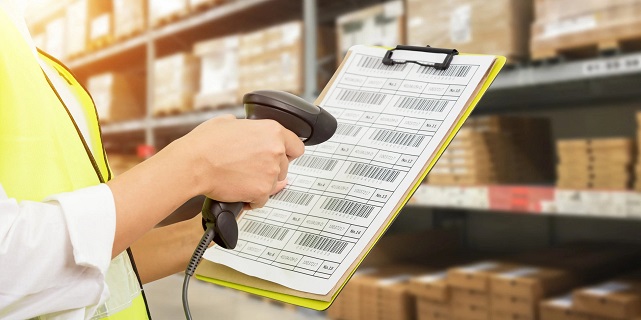
When buying, it’s important to choose a high-quality barcode reader for your business. It should be a long-lasting item that serves you and your needs impeccably. With so many options on the market nowadays, it can be hard to choose, but you’ll make the right choice as long as you follow these tips and guidelines.
Wireless and Wired Connection
Depending on how you collect your data and input it into the computer system, your type of wireless connection may vary. If you collect data in real-time and on a cloud-based system, you’ll need a wireless connection through WiFi or Mobile Broadband connection. If you do scans in a central connection, you’ll use WiFi; a Mobile Broadband connection will do better if you do it on the road. Another way to do it is with Bluetooth. These connections will keep your inventory data up to date. Before buying a wired connection, make sure that the barcode scanners fit your computers.
Screen
If you and your employees perform simple scanning tasks, you’ll probably need a barcode reader with no screen. But if things are a bit more complicated, you’ll need a screen. This way, every mistake that’s made will appear on the screen, and you can fix it right away.
Portability and Environment
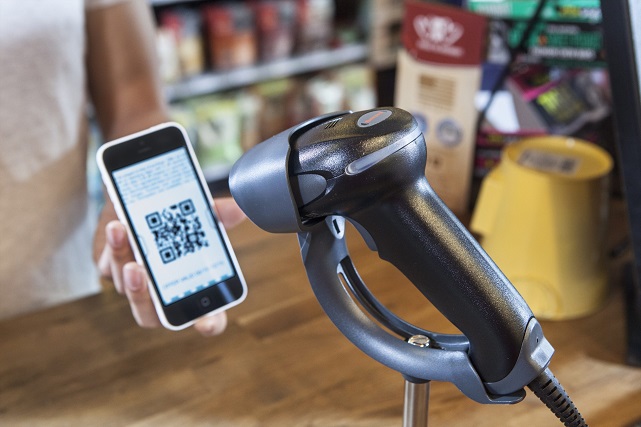
Consider where will you use this scanner. If you are travelling, you’ll need a portable scanner that can withstand all weather conditions, one that’s durable and water-resistant. If it’s used inside some facility, it doesn’t need to have all these features.
GPS and Speed
The GPS feature can be very convenient. Every time you scan a product, it can pinpoint its exact location and help you find it faster, be more efficient, and keep the warehouse organized. The speed of reading is also essential, and it depends on what type of barcode the scanner reads and how well it’s connected to the system. If the reader scans both 1D and 2D barcodes, it may take some time to read them if it’s not appropriately connected to the computer. Plus, the RAM size and processing power also significantly impact the speed.
Other things you should take into consideration include:
• Air Quality – if there is a lot of dust or sawdust in the area, consider Ingress Protection (IP) of at least 68;
• Lighting Conditions – bright places require barcode scanners with a bright screen and vice versa;
• Keyboard – if the employees are typing numbers often, consider a number pad that’s ergonomic and with the right size;
• Range and Accuracy – the range can vary from 1-1.5m or up to 2.7-3.5m, and the accuracy has to be impeccable, so you don’t have to waste time and scan every product twice;
• Price – if the company has a big inventory and a lot of different products, you’ll need to invest more in barcode scanners for more considerable accuracy and time-saving. If the company has a smaller range of items, you can go cheaper on the readers.
Types of Barcode Scanners
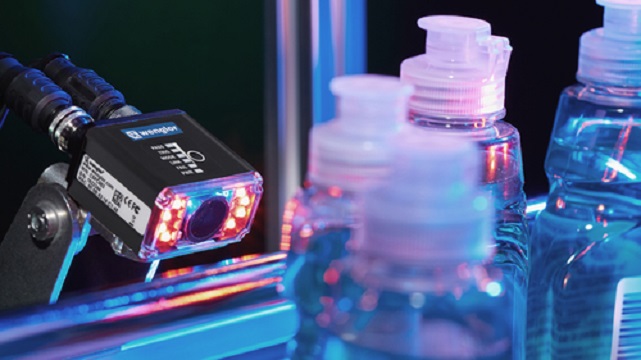
Modern scanners offer extensive possibilities and rarely make mistakes in their conversion between the simple black lines and real and readable text. Every company’s needs are different, so manufacturers have developed different kinds of scanners.
Pen Wand
This is one of the simplest readers on the market and, therefore, one of the cheapest. Although it doesn’t have any moving parts, it’s highly durable. For the user to scan the barcode, they need to hold it at a certain angle. Also, there has to be direct contact between the barcode and the scanner, and the scanning process may be slower and kept at a certain speed. A pen wand scanner uses a LED light and a photodiode, usually made out of stainless steel or plastic.
Slot Scanner
The slot scanner is stationary. The item that needs to be scanned should be pulled by hand in the specified slot on the reader. Industries often use it for scanning any type of card, especially identification cards.
Charge-Coupled Device (CCD) Scanner
Retail sales often use this barcode reader. Its range is better than the one on the pen wand, plus it has a gun-type interface. To read the code, it needs to be close to the product and to reduce and avoid mistakes and errors; you should do a couple of readings. It’s also called a LED scanner because it uses a lot of LED lights to scan and convert the barcode. It needs to be 3-10cm away from the product to work correctly. The only disadvantage is that it can’t read codes wider than its face size.
Image Scanner
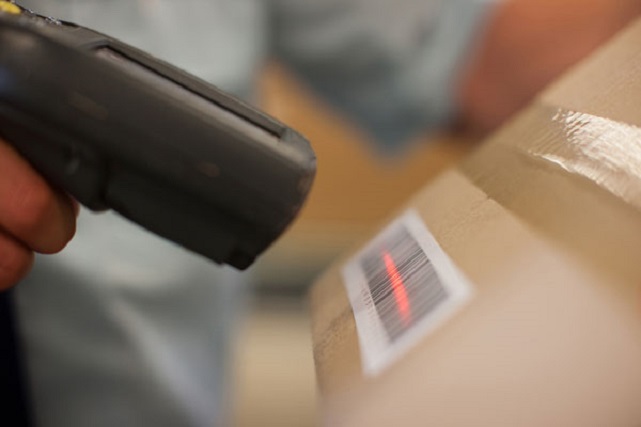
This is a more advanced scanner, also known as a camera reader. It uses a video camera to take a picture of the barcode and decode it correctly. It has a scan distance between 8-23cm, and the transaction is faster than the others. No matter how you position the scanner on the barcode, it won’t make a mistake.
Laser Scanner
Laser scanners can be both stationary and handheld. It has a system of mirrors and lasers with a distance of up to 10m, so you can scan from a distance and not waste time walking up to every product. It’s remarkably convenient and accurate, with little, to no room for mistakes.
In Summary
Being organized is very important for you and your business, and the right barcode reader can help you with this. You’ll be able to move and sell the products faster and find and serve the customers more efficiently. This will only benefit your business, and even if it seems like a trivial thing, it makes a huge difference.


